Ha Giang, a province in Vietnam’s far north, is a haven for intrepid travelers seeking raw beauty, cultural immersion, and thrilling adventures. Its rugged mountains, verdant valleys, and unique ethnic minority communities offer a unique glimpse into the heart of Vietnam. This guide will help Indian tourists understand everything you need to know about Ha Giang, from getting there to experiencing its best offerings.
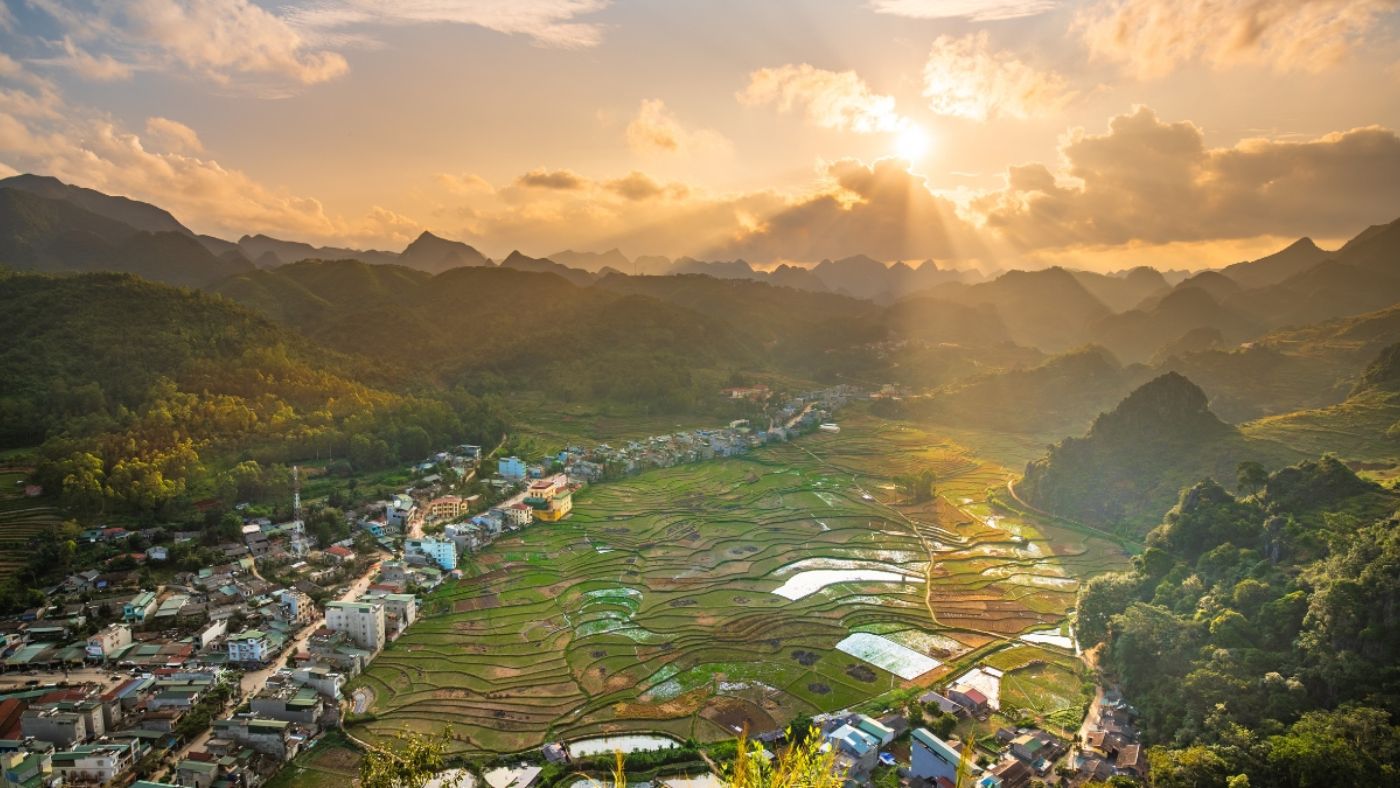
Location and Weather
Ha Giang sits on the border with China, boasting a stunning landscape of towering limestone peaks, rice paddies, and winding rivers.
Ha Giang offers beautiful scenery year-round, with two main seasons: rainy and dry. Each season has its unique charm, and the best time to visit depends on personal preference.
- Spring (January – April): Dry, pleasant weather, blooming flowers, and the Tet Festival.
- Summer (May – August): Hotter weather, lush green landscapes, and fewer tourists.
- Autumn (September – October): Comfortable temperatures, golden rice fields, and a peak season for visitors.
- Winter (November – December): Dry, sunny weather, buckwheat flower season, and potentially cold temperatures in higher elevations.
How to Get to Ha Giang from India
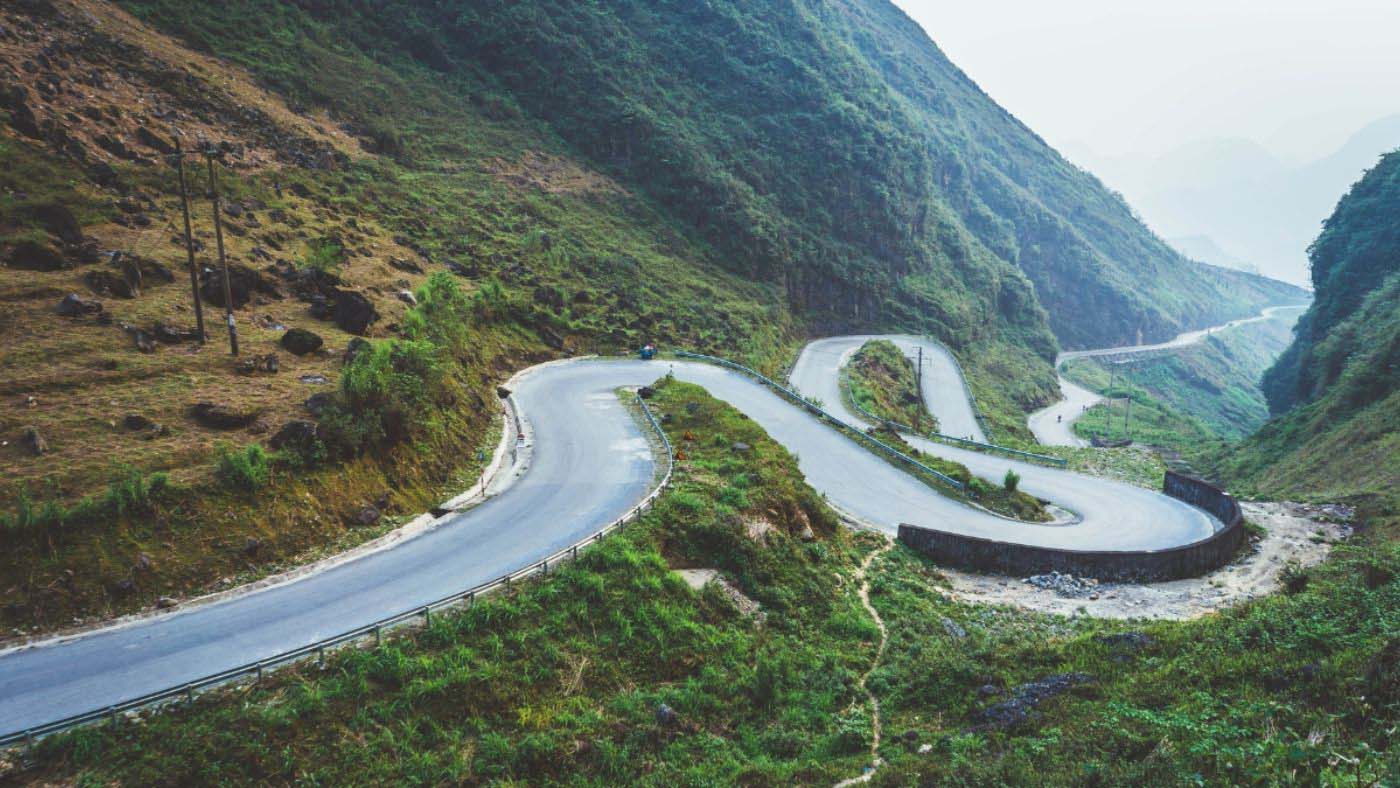
Getting to Ha Giang from India requires multiple connections. You have to fly from major Indian cities to Hanoi (HAN). From there, you can:
- Bus: Frequent buses depart from Hanoi to Ha Giang, offering a scenic and affordable journey (approximately 6-8 hours).
- Train: Limited train options are available to Lao Cai, a city near the Ha Giang border. From there, you can take a bus to Ha Giang (approximately 2-3 hours).
- Private Car: The ultimate in comfort and convenience. A private car with a dedicated driver allows you to set your own pace, making stops whenever and wherever you want. Perfect for families, couples, or anyone wanting a personalized experience.
- Sleeping Bus: A budget-friendly option for reaching Ha Giang from Hanoi or Sapa. These comfortable buses offer sleeper seats and frequent departures throughout the day and night. While there are no toilets on board, you can usually stay in the bus and sleep until dawn after arriving early in the morning.
- Motorbike: For the adventurous soul! If you’re an experienced rider, a motorbike allows you to explore the winding mountain roads and hidden gems of Ha Giang at your own pace. However, you’ll need an international driver’s license and be prepared for a longer journey.
Getting Around Ha Giang
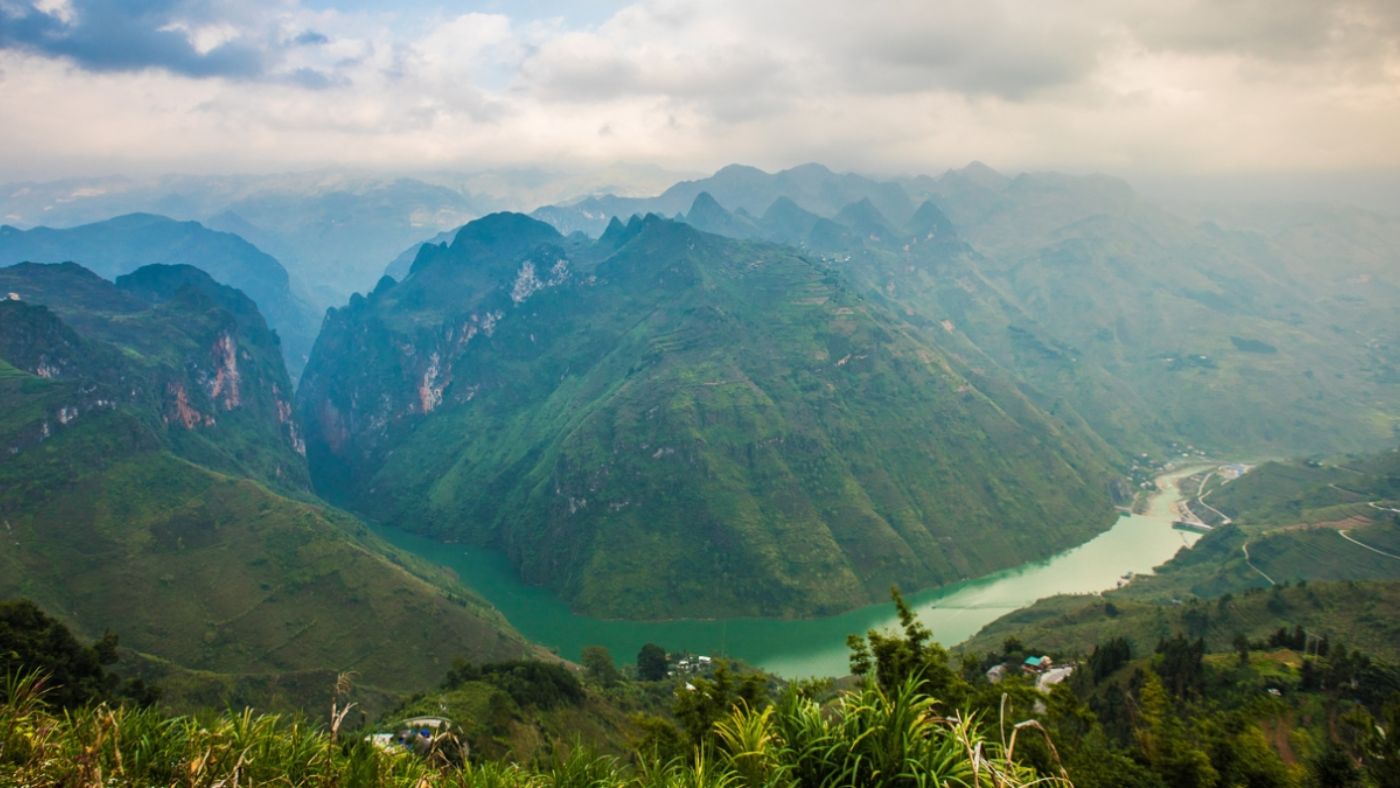
- Motorbike: The most popular way to explore Ha Giang’s stunning landscapes and winding roads. Be prepared for challenging conditions, especially during the rainy season.
- Bus: Regular bus services operate between major towns and villages in the province.
- Taxi: Available for short trips within towns and cities.
- Bicycle: Suitable for exploring flatter areas and villages, but not recommended for longer distances or mountainous terrain.
Top Lists in Ha Giang
Top Attractions
- Ha Giang Loop: A legendary motorcycle route traversing stunning mountains, rice paddies, and picturesque villages.
- Dong Van Karst Plateau Geopark: A UNESCO-recognized geopark boasting stunning karst formations, ancient villages, and diverse landscapes.
- Lung Cu Flagpole: The northernmost point of Vietnam, offering breathtaking views and a symbol of national pride.
Top Villages
- Lung Khuy: A quaint village nestled amongst rice paddies and known for its unique stilt houses.
- Duong Van: A village renowned for its ancient stone houses and its proud Hmong culture.
- Ma Pi Leng Pass: A spectacular mountain pass offering panoramic views of the surrounding valley.
Top Experiences
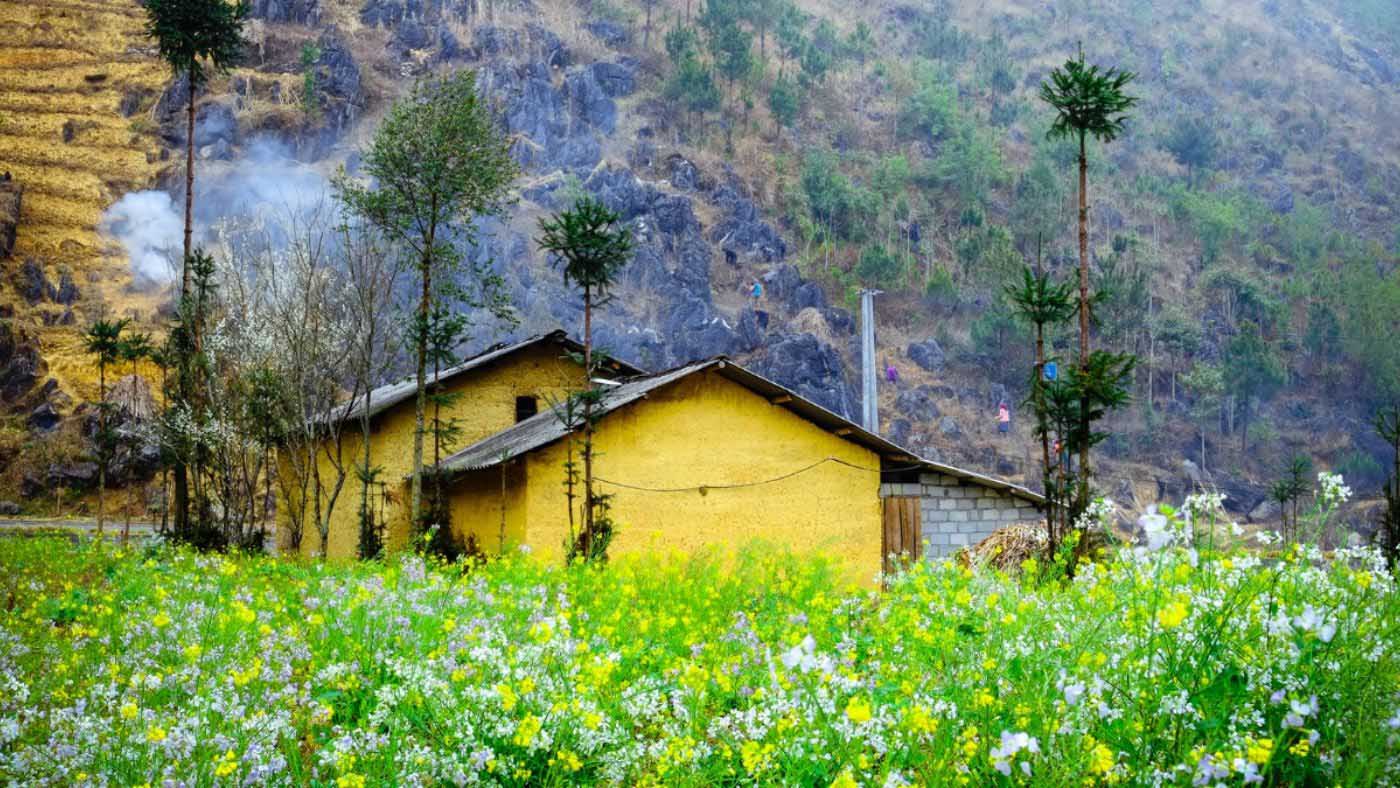
- Trekking: Explore the mountains, rice paddies, and villages on foot, immersing yourself in the natural beauty.
- Homestay: Experience the local culture by staying with a family in a village homestay.
- Ethnic Minority Interactions: Engage with local ethnic groups like the Hmong, Dao, and Tay people and learn about their traditions.
Attractions in Ha Giang
- Ha Giang Loop: A 200-300km motorcycle loop encompassing iconic passes like Ma Pi Leng, Quan Ba, and O Quy Ho.
- Dong Van Karst Plateau Geopark: A UNESCO-recognized geopark featuring breathtaking karst formations, ancient villages, and diverse landscapes.
- Lung Cu Flagpole: The northernmost point of Vietnam, offering spectacular views.
- Ethnic Minority Villages: Visit villages inhabited by the Hmong, Dao, and Tay ethnic groups, each with their unique cultural traditions and attire.
- Traditional Markets: Explore colorful markets where locals sell their crafts, agricultural products, and local specialties.
- Cultural Performances: Witness traditional music and dance performances showcasing the rich culture of the ethnic minorities.
- Quan Ba Mountain, a must-see near Ha Giang town, boasts breathtaking twin peaks shaped like a woman’s breasts. The legend of a celestial fairy leaving her nipple for her son adds to the mountain’s magic. With fresh air and stunning scenery, Quan Ba is a truly special place.
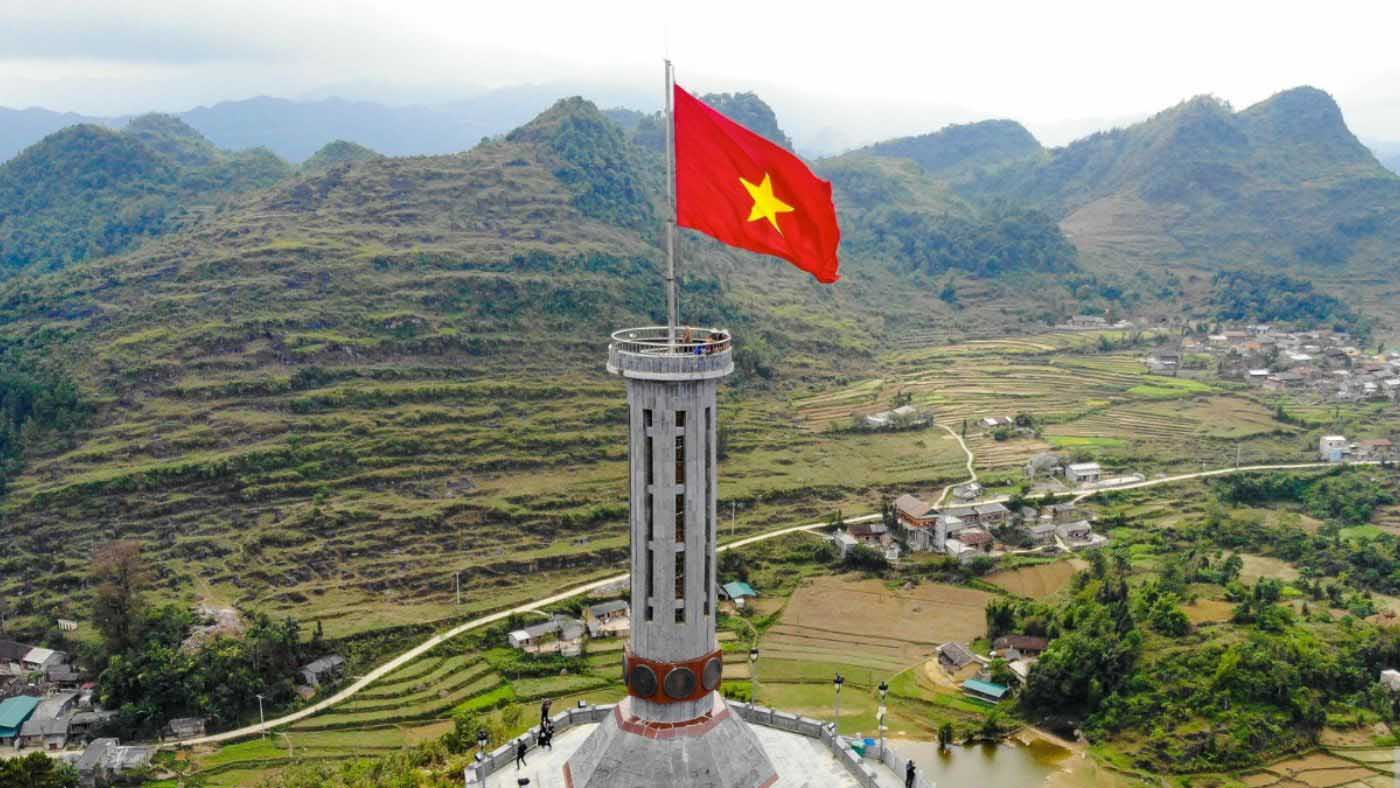
- Meo Vac Market, held every Sunday in a mountain valley, is a vibrant cultural hub where ethnic minorities from Ha Giang’s plateau gather. More than just a market, it’s a social center where locals and visitors mingle, enjoying unique cuisine and witnessing the colorful tapestry of H’mong culture. Don’t miss this captivating experience!
- Ma Pi Leng Pass, a 20km road high above the Nho Que River, offers breathtaking views of limestone mountains and winding valleys. This winding path through cliffs, villages, and cornfields is truly unforgettable. Whether you hike or enjoy the river by kayak, Ma Pi Leng is a must-see in Ha Giang.
- The Hmong King’s Palace, near Dong Van, offers a glimpse into Ha Giang’s history. This unique architectural marvel, with its stone walls and precious wood houses, reflects the ingenuity of the H’mong people. A visit to the palace provides a deeper understanding of Ha Giang’s cultural heritage.
- Lo Lo Chai Village, near Lung Cu flagpole, offers a glimpse into the unique culture of the Lo Lo people, a small ethnic group in Ha Giang. Their beautiful traditional clothes, festivals, and beliefs are fascinating. The new cultural tourism village provides a chance to experience their way of life.
Accommodation
Ha Giang offers a range of accommodation options, catering to various budgets and preferences.
- Hotels: From budget-friendly guesthouses to comfortable hotels, find accommodations in major towns like Ha Giang City and Dong Van.
- Homestays: Immerse yourself in local life and culture by staying with a family in a village homestay.
- Camping: Experience the outdoors by camping in scenic areas along the Ha Giang Loop.
Top Things to Do in Ha Giang
- Motorcycle Tour of the Ha Giang Loop: Embrace the thrill of exploring the Ha Giang Loop on a motorbike, experiencing stunning landscapes and cultural encounters.
- Visit the Dong Van Karst Plateau Geopark: Explore the UNESCO-recognized geopark and marvel at the spectacular karst formations.
- Trekking to Lung Cu Flagpole: Hike to the northernmost point of Vietnam and witness breathtaking views.
- Explore Ethnic Minority Villages: Visit villages inhabited by the Hmong, Dao, and Tay people and learn about their unique customs and traditions.
- Attend a Traditional Market: Immerse yourself in local culture by exploring bustling markets selling crafts, agricultural products, and local specialties.
- The H’mong people of Lung Tam are masters of indigo dyeing, a time-consuming and meticulous process that results in a rich, durable color. They soak their hemp fabrics in indigo solution multiple times, creating vibrant pieces that are highly sought after both locally and internationally. This traditional art showcases the H’mong’s skill and dedication to their craft.
- The H’mong people of Ha Giang are skilled at making hemp fabric. They carefully harvest, process, and weave the hemp, using traditional techniques passed down through generations. The resulting fabric is soft, cool, and incredibly durable, reflecting the H’mong’s dedication to their craft.
What and Where to Eat and Drink
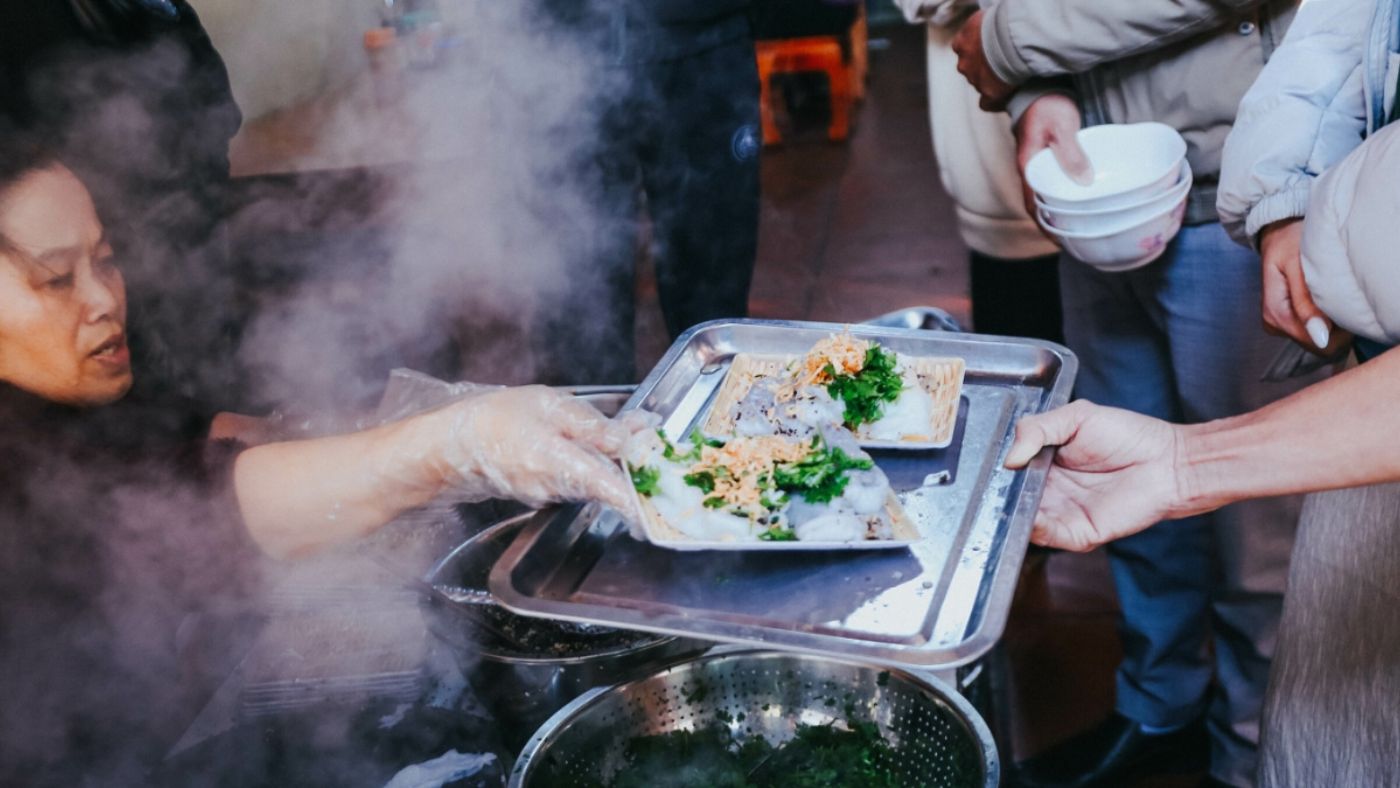
- Ha Giang’s buckwheat cakes are a must-try treat. Made from locally grown buckwheat, these small, sweet, and fluffy cakes capture the essence of the region’s pristine environment. They’re a delicious souvenir and a perfect reminder of your Ha Giang adventure.
- Thang Den, a must-try Ha Giang specialty, is a chewy and subtly sweet treat made with fragrant sticky rice flour and filled with beans. Enjoy it with ginger-infused sugar water or coconut milk for a delicious winter comfort food.
- Thang Co, a Ha Giang specialty, is a flavorful dish made with offal (traditionally horse, now often buffalo, beef, or pork) simmered with 12 spices. This unique and delicious dish is a must-try for any visitor to Ha Giang.
- Buffalo Meat Upstairs Kitchen is a traditional Ha Giang dish, smoked over wood and seasoned with spicy mac Khen seeds. This naturally preserved, flavorful meat is a staple in highland cuisine and a delicious reminder of your Ha Giang adventure.
- Five-Color Sticky Rice, a vibrant dish of the Tay people in Ha Giang, symbolizes prosperity and abundance with its five colors representing the five elements. Each color holds a special meaning, making this dish a beautiful and delicious celebration of their culture.
- Banh Cuon, a beloved Ha Giang dish, is a steamed rice flour cake filled with meat and served with a warm bone broth. It’s a comforting and flavorful treat, especially enjoyed on chilly mornings.
- Au Tau porridge, a Ha Giang specialty, is made with the Au Tau tuber and known for its health benefits, including helping to prevent bone and joint diseases. Despite its slightly bitter taste, the porridge is delicious when blended with sweet bone broth and egg. It’s a comforting and nourishing choice, especially enjoyed at night.
- Banh Chung Gu, a unique Ha Giang specialty, is a square sticky rice cake wrapped in leaves, symbolizing the strength of the Red Dao people. Its vibrant green filling, made with galangal leaves, green bean paste, and seasoned bacon, makes it a delicious and culturally significant treat.
- Sour Pho, a unique Ha Giang dish with Chinese origins, features sticky rice, sweet and sour sauce, and various toppings like char siu and sausages. The tangy broth, made with vinegar, sugar, and tapioca flour, makes it a flavorful and popular breakfast choice for locals.
Vietnam Itineraries in Ha Giang
Gift Ideas for Indian Tourists
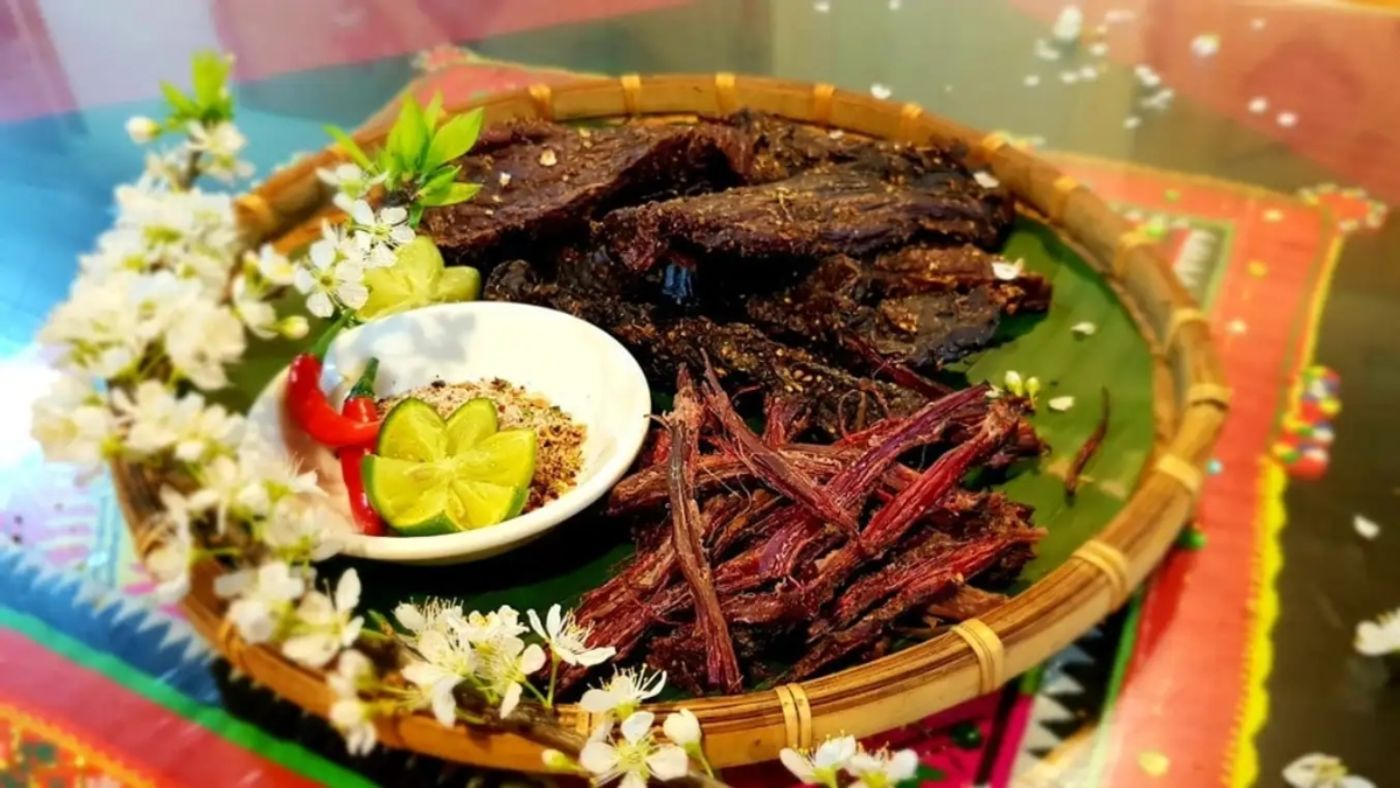
- Ethnic Minority Textiles: Buy beautiful handwoven fabrics, clothing, and accessories crafted by the Hmong, Dao, and Tay people.
- Local Crafts: Find unique crafts like silver jewelry, wooden carvings, and hand-painted ceramics.
- Tea: Purchase aromatic local teas like Bac Ha green tea.
- Local Produce: Bring back delicious local specialties like “Thit Chua” (fermented pork) or “Pho Cuon” (rolled pho).
- Bring home a bottle of “Mot, hai, ba” corn wine (A Pao or Thanh Van), or try “Tam Giac Mach Bia,” a refreshing buckwheat beer. Both are delicious and local favorites!
Ha Giang is a captivating destination that offers a unique travel experience. Its raw beauty, rich culture, and thrilling adventures make it a must-visit for Indian tourists seeking an authentic and unforgettable Vietnamese adventure. This guide provides all the essential information you need to plan your trip and discover the hidden treasures of Ha Giang.